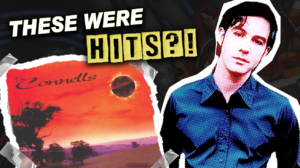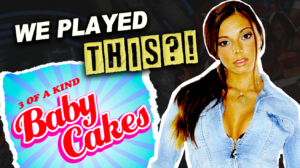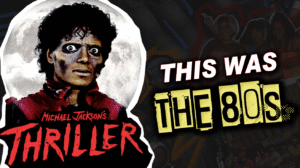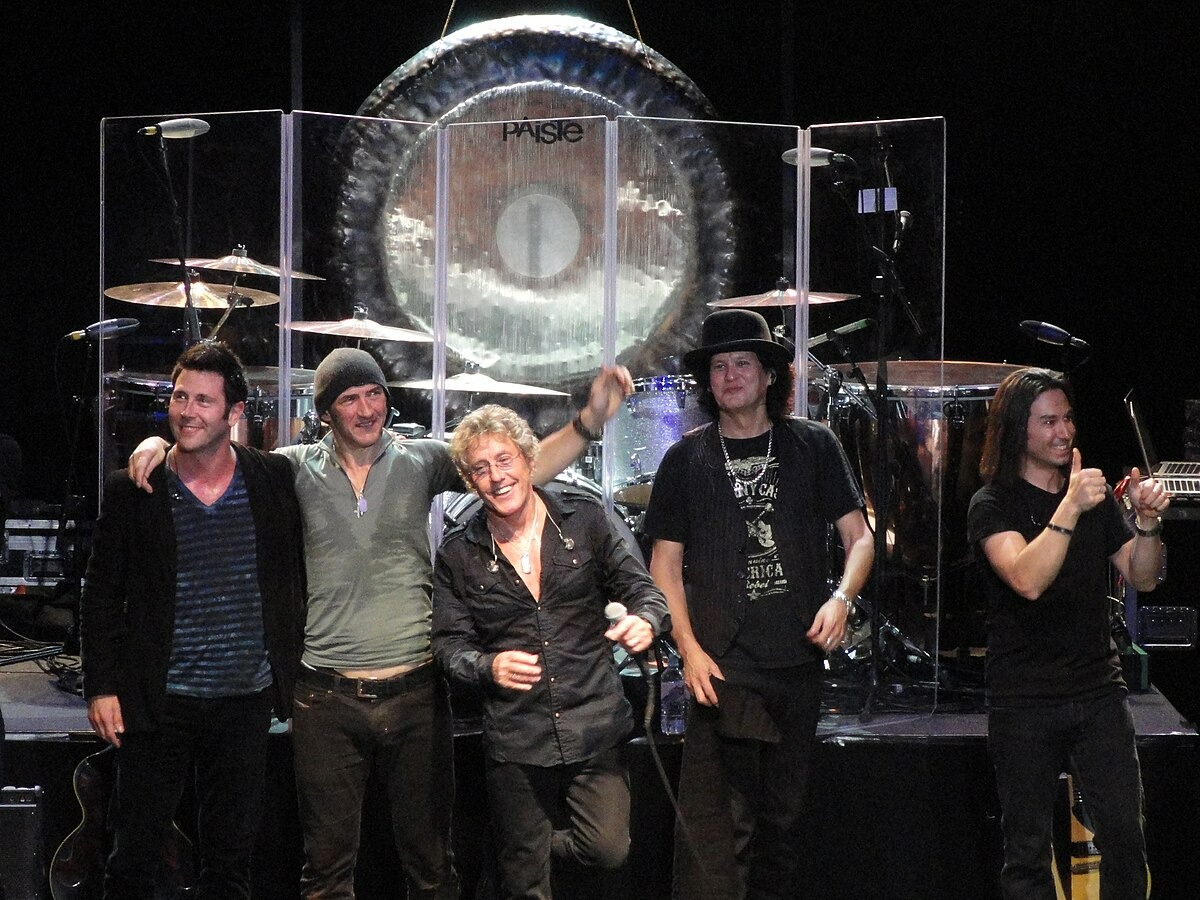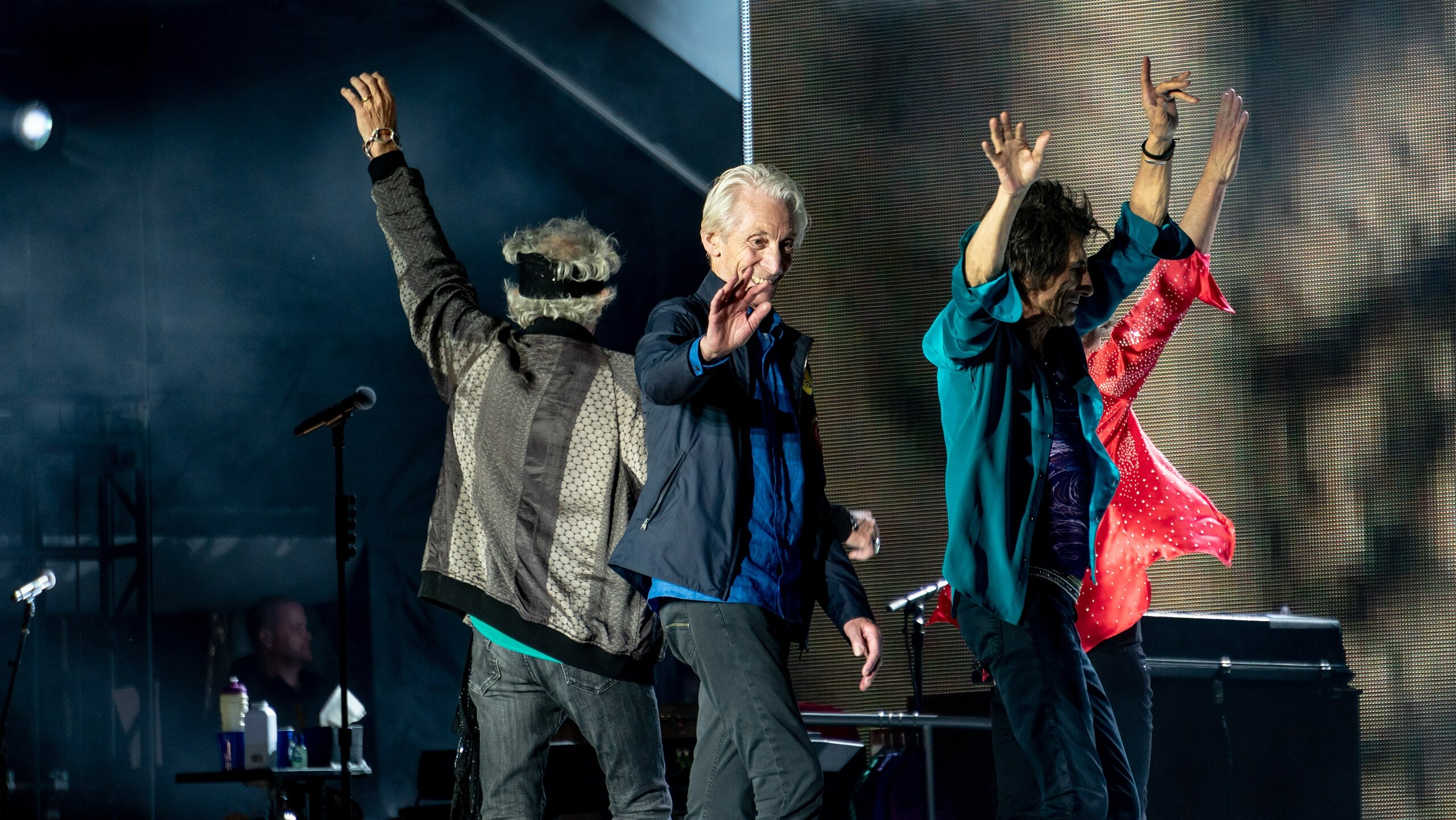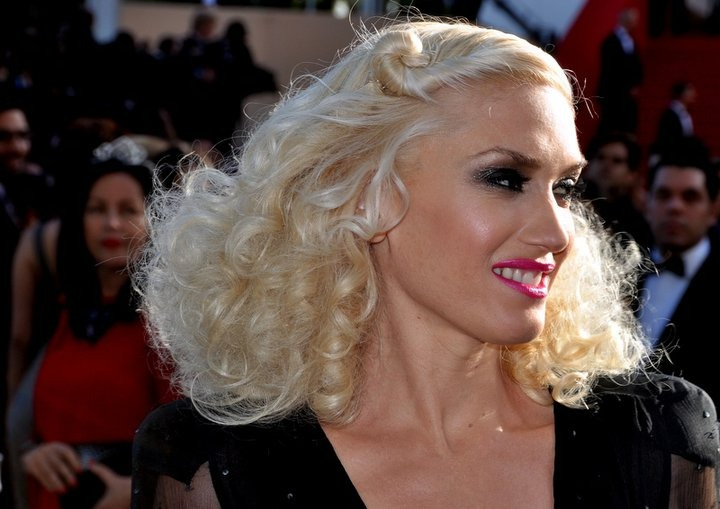
The most impactful fashion came from our least practical decade. The 1970s broke every rule with audacious designs that shouldn’t have worked. Hot pants defied modesty while platform shoes challenged gravity. DIY patchwork transformed scraps into wearable art. Knickerbockers and Dr. Scholl’s sandals made noise in more ways than one.
These seemingly wild choices reveal timeless principles about authentic personal style.
19. Hot Pants
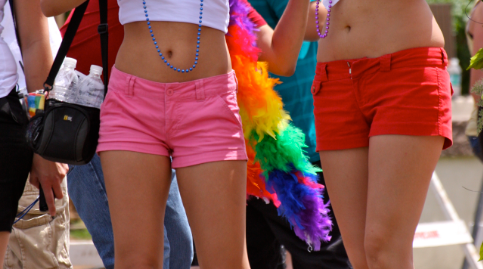
Scandalously tiny with inseams as short as 2 inches, hot pants made a major statement about female empowerment and sexual liberation that sparked heated debates. These micro-shorts came in everything from denim to satin to sequins. Roller rinks and discos became the natural habitat for these tiny bottoms. Paired with pantyhose and platform shoes, hot pants created a look that screamed confidence and rebellion.
Widely popular among young women in the early 1970s, they featured prominently in music and popular culture. Their controversial nature limited them in formal settings, but their cultural impact was massive. If you wore these, you weren’t just following fashion—you were challenging traditional norms and making a declaration.
18. Gauchos

The sweet spot between pants and skirts arrived with gauchos and their calf-length, wide-flowing legs. Made from cotton, wool, or velvet, these high-waisted bottoms offered a breezy silhouette that worked for both casual days and nights out. Platforms or boots completed the look, creating something practical yet boldly bohemian.
Young women seeking comfortable alternatives to skirts embraced them, earning these pants plenty of magazine coverage and celebrity endorsements. Not everyone could pull them off—they challenged certain body types and proved difficult to pair with some shoes. Yet they periodically return to fashion runways because gauchos let you move freely while still making a fashion statement.
17. Patchwork Denim

Basic jeans, jackets, and skirts transformed into wearable art galleries through patchwork denim. Personal expression came through in every mismatched scrap and stitch, with each piece telling its own story of resourcefulness and creativity. The trend embodied the DIY and upcycling ethos of the era, aligning perfectly with the growing focus on sustainability.
Hippie and counterculture movements adopted it first before mainstream fashion brands caught on. Creating quality pieces required time and skill—the results varied widely in durability. Vintage patchwork pieces now command high prices among collectors and continue to influence modern sustainable fashion. Making something unique from something ordinary wasn’t just cool in the 70s—it was revolutionary.
16. Denim Skirts

Practical workwear evolved into versatile fashion icons through denim skirts available in mini, midi, and maxi lengths. Often high-waisted with details like patchwork, embroidery, or distressing, these skirts offered incredible durability compared to other materials. Patchwork versions elevated this basic into something uniquely personal.
Crochet tops or peasant blouses completed the look, transforming these skirts into symbols of casual freedom. Various social groups and age ranges embraced them as staples in both casual and bohemian wardrobes. The heavier fabric sometimes felt uncomfortable in hot weather and faded over time. Today they fill vintage shops, but in the 70s, these essential wardrobe pieces spoke directly to the wearer’s personality.
15. Satin Baseball Jackets
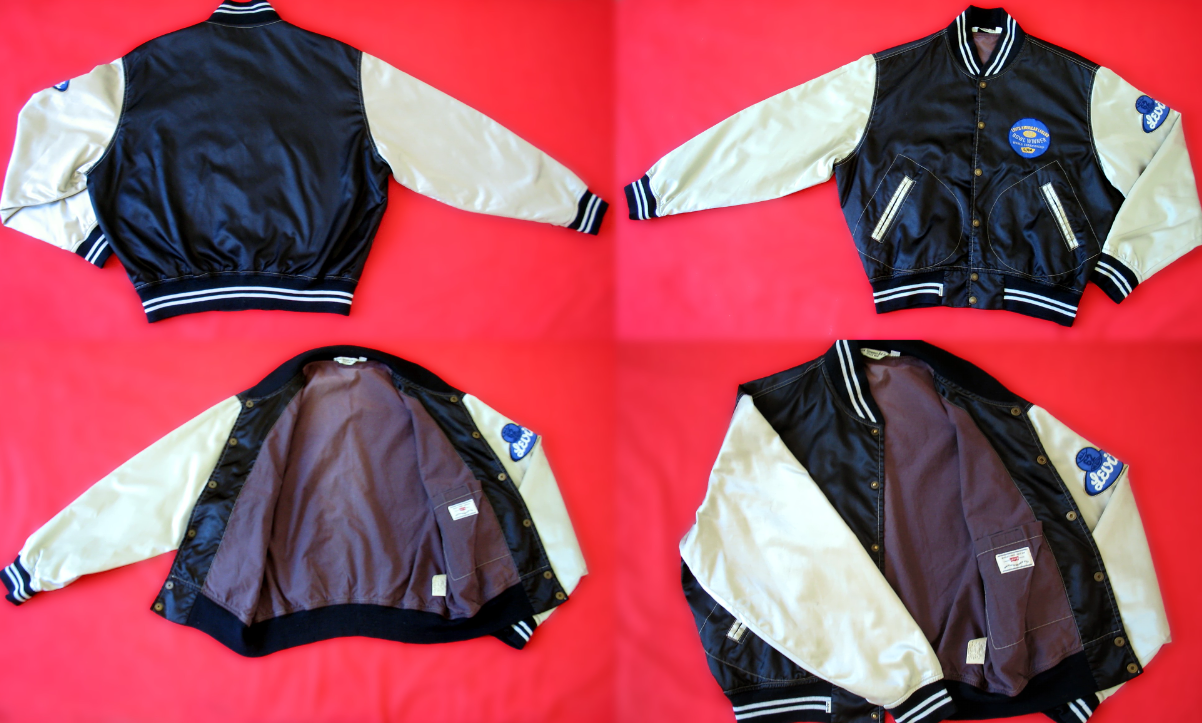
Athletic teams lost exclusive rights to satin baseball jackets when street fashion adopted their eye-catching shine and lightweight feel. Contrasting collars, cuffs, and waistbands often featured embroidered designs or patches, effectively bridging sportswear and fashion. Nothing about them was subtle—vibrant colors announced your presence in any crowd. Movies like “The Warriors” cemented their cool factor, while celebrities like Steve McQueen demonstrated effortless styling.
Celebrity endorsements drove their popularity across various subcultures, including disco and hip-hop. Cold weather rendered them useless, and the delicate satin damaged easily. Collectors now hunt vintage 1970s jackets that continue to inspire modern sportswear-inspired fashion. These weren’t just clothes—they were status symbols.
14. Knickerbockers
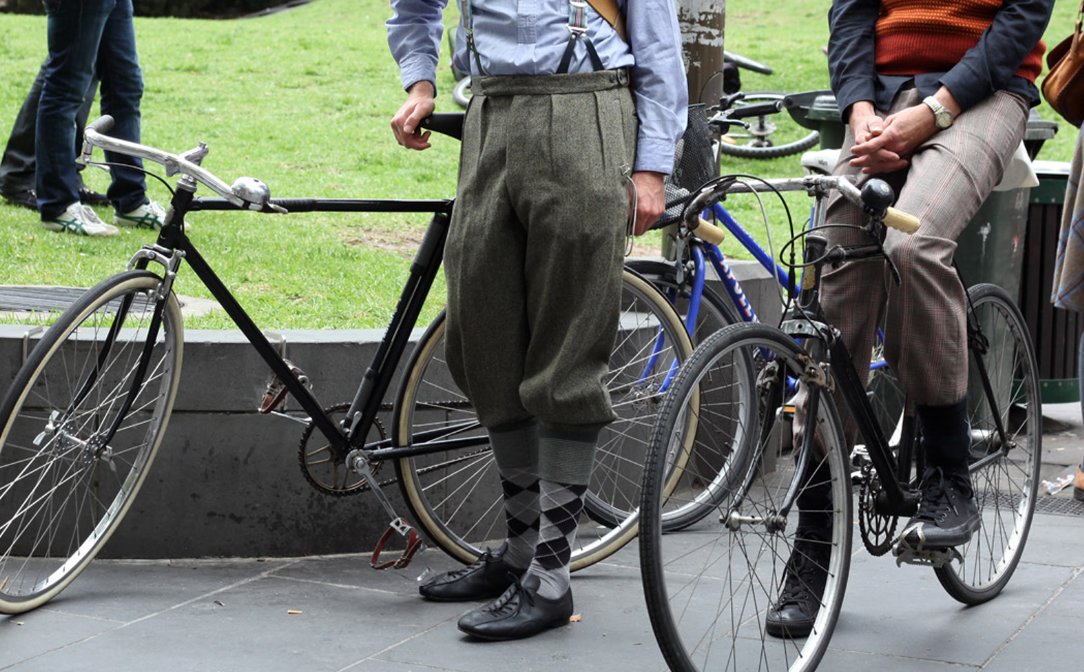
Vintage charm returned through knickerbockers with their distinctive knee-length cut. Corduroy or tweed added sophistication to these unusual pants. Tall socks and boots created a preppy look that fashion magazines featured extensively. High fashion briefly revived them in the 1970s, though they never achieved widespread popularity.
Modern settings limited their practicality, and specific styling prevented them from looking costume-like. Some body types struggled with the silhouette. Vintage fashion enthusiasts still seek them out, and designer collections occasionally reference them for historical inspiration. They offered a genuine alternative to boring trousers, demanding attention with their unique cut.
13. Clogs
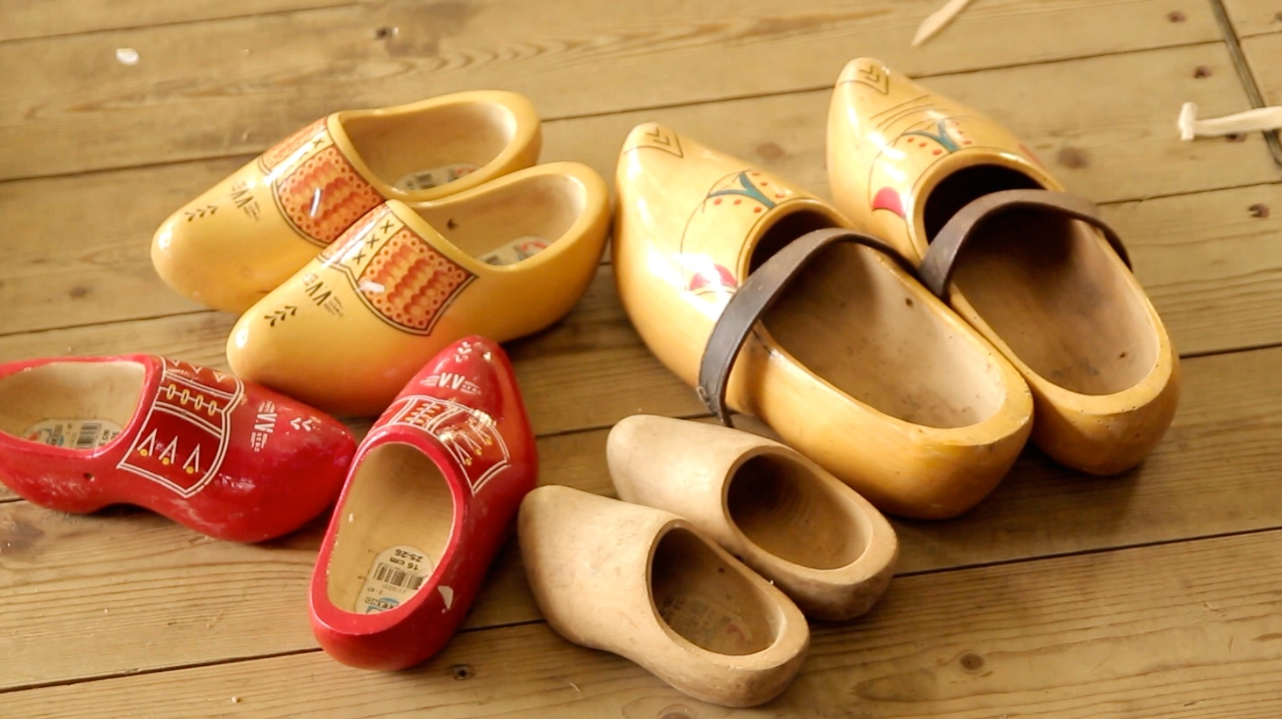
Wooden soles met leather or fabric uppers in clogs, creating deceptively practical yet stylish footwear. Platform or slight heel designs with open backs allowed easy slip-on wear, matching perfectly with the decade’s bohemian aesthetic. Extended wear remained comfortable thanks to supportive wooden construction, aligning with the era’s interest in natural materials and craftsmanship.
Bohemian crowds especially embraced them, with both men and women adopting the style. Walking produced noticeable noise, and wooden soles risked cracking over time. Vintage 1970s clogs now attract collectors and have inspired numerous modern comfort shoe designs. These versatile companions worked with nearly any outfit, proving comfort and fashion could coexist.
12. Wedge Sandals

Summer footwear dilemmas found their solution in wedge sandals that added height without sacrificing comfort. Solid wedge heels of cork or wood typically ranged from 2 to 4 inches, with upper designs varying from simple straps to elaborate styles. Weight distributed evenly for comfortable extended wear. Cork wedges paired beautifully with everything from maxi dresses to flared jeans.
Throughout the 1970s, various age groups and social circles embraced them. Heavier than other sandal styles and requiring proper care to prevent cork deterioration, they still excelled at outdoor gatherings, picnics, and casual hangouts. Modern platform and comfort shoe designs continue to draw inspiration from this practical yet stylish 70s staple.
11. Fringe Accessories

Not content to stay on jackets, fringe exploded across bags, scarves, and boots. Leather, suede, or fabric strips added movement and drama with every step. The tactile experience amplified the free-spirited vibe of the era, aligning perfectly with 1970s bohemian and Western fashion. Bohemian and rock music circles embraced it first, followed by both high-end designers and mass-market brands.
High-maintenance care requirements, tangling issues, and the risk of looking costume-like didn’t deter fashion enthusiasts. DIY customization flourished through fringe. Vintage pieces now inspire modern Western and bohemian fashion. A fringe bag wasn’t just a bag—it was performance art capturing the decade’s love for texture and dynamic fashion.
10. Rainbow Stripes and Suspenders
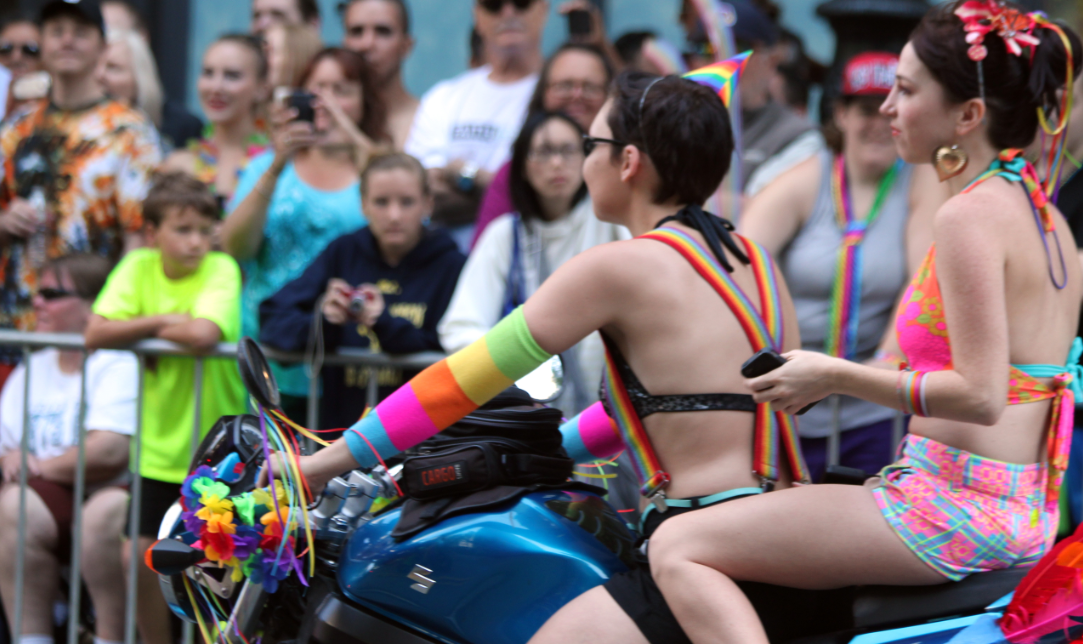
Everything from sweaters to scarves featured rainbow stripes, while suspenders (often in matching patterns) added playful yet functional detail to outfits. Bright, multicolored stripes appeared on t-shirts, sweaters, and accessories, embodying the optimistic spirit of 1970s fashion. Youth culture and the LGBTQ+ community adopted them first before mainstream fashion followed in the mid-1970s.
Some settings considered them too loud or childish, and they risked clashing with other outfit elements. Wearing rainbow patterns demonstrated confidence and personality through bold, joyful colors. Collectors now seek vintage rainbow items that continue to symbolize the era’s optimism and self-expression.
9. Ditto Pants

Curved yoke designs dramatically highlighted the hips in Ditto pants. High-waisted and often made from stretchy fabrics, these pants came in vibrant colors and patterns. Young women in the mid-1970s made them popular, with fashion magazines and celebrities showcasing the style.
They shaped silhouettes in flattering, confidence-boosting ways while providing comfort through stretchy materials. Not everyone loved the tight fit, and some body types found them unflattering. The fitted top and flared bottom created a distinctly 70s look—fun, flirty, and attention-grabbing. Vintage Ditto pants now appear in collections that track the evolution of women’s pants styles. This is just one of many weird 70’s fashion fads.
8. Elephant Leg Pants
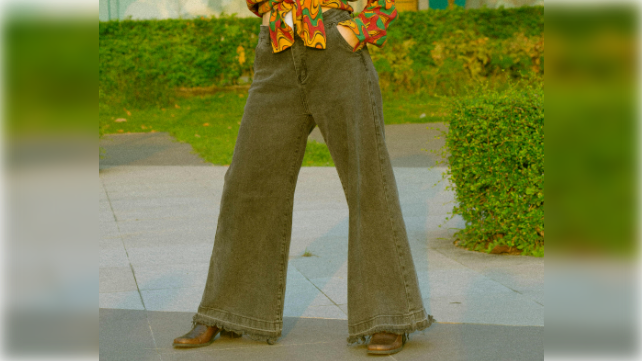
Drama reached new heights with elephant leg pants, which took flared pants to theatrical extremes. Wider than traditional bell-bottoms and often high-waisted, these pants featured a fitted top with dramatic flare from the knee down. Denim, polyester, and cotton blends created flowing silhouettes that moved with the body, turning simple walks into fashion shows.
Disco and youth fashion scenes embraced them as the ultimate expression of the flared pants trend. Excess fabric made certain activities impractical, pairing with shoes proved challenging, and dragging hems led to wear and tear. The billowing fabric created a floating sensation rather than walking. High fashion occasionally revives these architectural leg coverings that influenced future wide-leg pant trends.
7. Wallabees
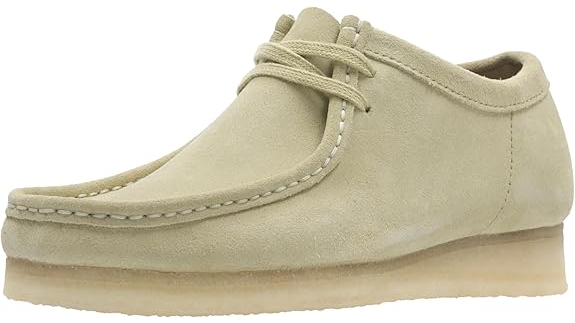
Soft leather combined with cushioned crepe soles in Wallabees, creating versatile footwear for almost any outfit. Low-cut shoes with moccasin-style construction typically featured two or three eyelets for lacing. Comfort came from soft materials and flexible soles. Both casual and counterculture fashion scenes adopted them, eventually making them preppy fashion staples.
Jeans, corduroys, or skirts all paired well with these practical shoes. Suede required special care and stained easily, and arch support fell short of other shoe styles. Their distinctive look matched perfectly with the casual yet intentional 70s vibe. Original 1970s Wallabees now attract collectors, while Clarks continues as a culturally significant brand.
6. Dr. Scholl’s Wooden Sandals

Minimalism defined Dr. Scholl’s wooden sandals with their wooden sole and single leather strap. Contoured footbeds provided comfort, while each step announced your presence with a distinctive “click-clack” sound. Marketed for foot health benefits, their simple design aligned perfectly with 1970s aesthetics.
Young women especially made them extremely popular, turning them into cultural icons of the decade. Style versatility suffered from their distinctive look, and wet conditions made them potentially slippery. Their simplicity proved their genius—sometimes less truly is more. Both practical and fashion-forward, these conversation-starting sandals now appear in collections and periodically return as retro trends.
5. Quilted Jackets

Warmth met style in quilted jackets with their lightweight yet insulating design. Diamond or geometric stitched patterns with down or synthetic filling came in various lengths from waist to knee. The distinctive stitching created visual interest beyond ordinary outerwear. Urban dwellers and outdoor enthusiasts across social classes and age groups adopted them.
Leather accents added sophistication, appealing to both outdoor enthusiasts and fashion-forward celebrities. Some designs lacked waterproofing, and higher-end versions commanded premium prices. High-quality vintage pieces now attract collectors. The style has evolved over decades while maintaining popularity, influencing modern outerwear in both fashion and sportswear.
4. Tube Socks

Athletic wear boundaries dissolved when tube socks became fashion statements with their thick, colorful stripes. Long socks reaching to the knee or mid-calf often featured colorful top stripes in cotton or cotton-blend materials. Practical sportswear evolved into cultural phenomena at roller rinks and schoolyards across America.
Basketball and tennis especially showcased them before they allowed creative expression through color and pattern. All ages embraced these unisex style statements. Hot weather made them uncomfortable, and poorly fitted versions slid down legs. Kids, teens, and adults wore these casual, youthful style badges that defined the decade. Vintage 1970s tube socks now influence statement socks and athleisure trends.
3. Cowl and Turtleneck Shirts

Relaxed elegance characterized cowl necks with their draped fabric flattering virtually any body type, while turtlenecks with close-fitting, tall collars brought sophistication to both casual and formal settings. These high-necked shirts provided warmth and comfort in cool weather.
All genders and age groups wore them in high fashion and everyday contexts, creating associations with intellectual and artistic styles. Heated indoor spaces sometimes made them too warm, and some found turtlenecks restrictive. Beyond mere necklines, they framed faces and added instant polish to simple outfits. Their versatility made them 70s wardrobe essentials capable of transforming basic looks into deliberate styling. These classics continue influencing modern knitwear and neckline designs.
2. Patterned Tights

Legs became self-expression canvases through patterned tights featuring polka dots, stripes, and florals. Nylon construction with added stretch ensured comfort in these bold accessories that transformed everyday outfits. Young women and fashion-forward individuals wore them prominently in magazines and style-setter circles. Mini skirts, hot pants, and sweater dresses paired perfectly with these playful personality additions.
Runs and tears happened easily, and bold patterns sometimes limited outfit versatility. These weren’t just hosiery—they completed entire looks with distinctive flair. Vintage pieces now appear in collections and periodically return in retro-inspired fashion, contributing to hosiery’s evolution as fashion statements.
1. Famar/Flares Shoes

Distinctive wavy-soled shoes became essential with their cork or rubber platforms. Various styles included both sandals and closed-toe options that grounded flowing, bohemian silhouettes. Height came without high heel instability, and curved soles provided walking comfort, matching the era’s interest in unconventional, eye-catching footwear.
Young, fashion-forward consumers saw them in magazines and paired them with maxi dresses or bell bottoms for stylish comfort on any adventure. Uneven surfaces challenged their stability, and the distinctive style limited wardrobe versatility. Form and function coexisted without forcing consumers to choose between them. Vintage Famar/Flares pieces now influence modern platform and comfort shoe trends.




